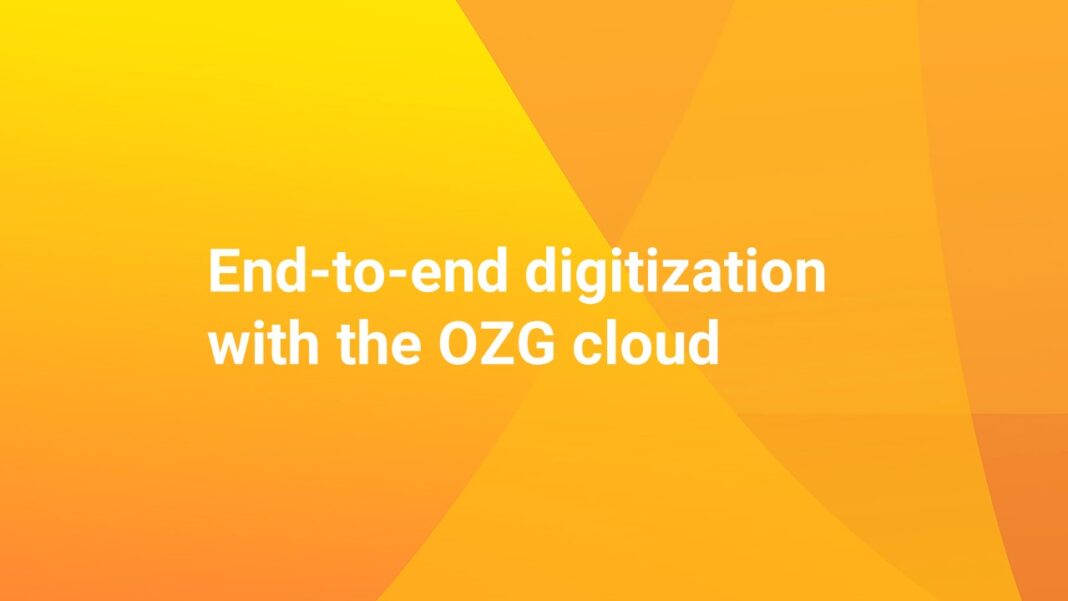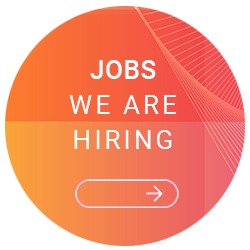Last Updated on 29. October 2025
The digitization of public administration is the central transformation on the path to state modernization. The Online Access Act (OZG) requires the federal government, states, and municipalities to offer administrative services digitally. However, digitized application forms are only the first step. Only complete, seamless end-to-end digitization creates real added value – for citizens, businesses, and public authorities.
What does end-to-end digitization mean?
The term refers to the complete digitization of all process steps: from the submission of an application to its technical processing and feedback to the applicant. It is therefore not just a matter of developing online forms, but also of seamless processing, communication, and archiving – including the integration of third-party systems such as specialist procedures or document management systems (DMS). A maturity model defining seven levels of maturity has been created to achieve end-to-end digitization.
The OZG Cloud as a hub
The OZG Cloud provides an environment that achieves maturity level 6. It is designed as a central platform for the entire digital application process. The OZG Cloud supports both private individuals and companies in submitting digital applications and guides administrators in local authorities and government agencies through the entire processing process.
A practical example of the process flow:
- Start the application digitally: Citizens or companies find the appropriate digital application form on the citizen portals provided by the federal states, fill it out, upload any necessary documents, and submit it.
- Notification and processing: Case workers in the enforcement authorities are notified of new application processes and can view, assign, and process them in the OZG Cloud. The clarity and rights management ensure that applications can be found at any time and are easy to assign.
- Communication and resubmission: Documents relevant to processing are often missing. The application room in the OZG cloud allows administrators to communicate directly with applicants and easily request missing documents.
- Automated decision generation and transfer: Thanks to integrated interfaces to electronic document creation (ED) or, in the future, SMARTDocuments and the mgm A12 Print Engine, notifications can be automatically generated, decided, and sent digitally—for example, as a structured PDF file.
- Connection to specialist procedures: Complex applications often require the integration of specialist procedures or other third-party systems. The OZG Cloud provides flexible interfaces and, in the future, data transformations for this purpose.
- Third-party involvement: The provision of partial notices and other documents from external bodies (e.g., chambers, associations, external institutions, etc.) is often a prerequisite for notice generation. The participation module enables uncomplicated connection to third parties and supports specialist agency participation as required.
- Completion and archiving: Final case processing enables the transfer of all relevant documents and metadata – including the automatic creation of file references as xdomea files for import into document management systems (DMS) and eFiles.
Further modules in development
The OZG Cloud removes many obstacles to digitization for local authorities and enables uniform, secure, and reusable application processes. Aspects such as the federated data interface, low-code platforms for form maintenance, and smart document creation ensure a high degree of flexibility and future-proofing.
Several federal states, such as Schleswig-Holstein and Bavaria, are already using the OZG Cloud for a wide variety of services. The modular architecture is available as open source for reuse and also allows innovative approaches such as additional open source elements or automated process connections to be implemented quickly. One example is the OZG Bridge, which enables specialist procedures to be connected. This allows the clerk to directly access, process, and save the application in the specialized procedure and then finally approve it via the OZG Cloud and send it to the applicant.
With the OZG Cloud, end-to-end digitization in public administration is no longer a promise for the future. It shows how digital services work today: user-friendly, efficient, interoperable. A win for citizens, businesses, and administration alike.
If you have any questions about the OZG Cloud, pilot projects, or our experience with implementation, we would be happy to advise you!
Further information:







